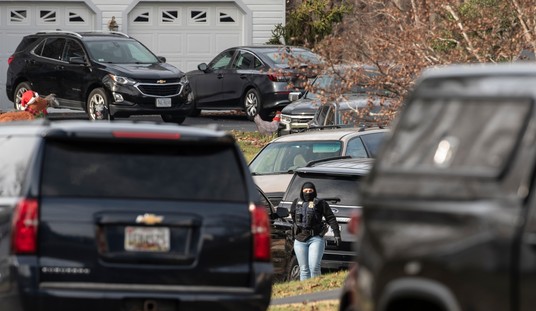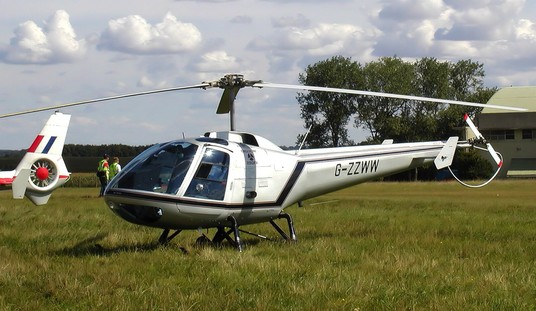
A few weeks ago the RedState Department of History profiled America’s “Ace of Aces”, Richard Bong, on the anniversary of his death in 1945. This week, we examine the man whose record for aerial kills Bong broke, on the anniversary of his birth.
On this date in 1890, Edward Vernon Rickenbacker, known of course as “Eddie”, was born in Columbus, Ohio. He was known first and foremost as a race car driver, and achieved fame in the early barnstorming days of that sport.
lHe competed in the Indianapolis 500 four times before World War I, where he earned the nickmame “Fast Eddie”, to the surprise of virtually no one.
But when World War I broke out, Rickenbacker wanted to see combat. His lifelong love of machines and derring-do led him to seek service in the air. However, at age 28 he was considered too old to serve, but a brush with exactly the right person at exactly the right time helped him see the combat he craved.
He repaired the personal aircraft of Townsend Dodd, who later became chief air officer to General John Pershing, and who advocated for Rickenbacker to see combat.
Rickenbacker joined the famed 94th Pursuit Squadron, known to history as the “Hat in the Ring” squadron made up of American fliers using French equipment. Once in France, Rickenbacker flew a French-built Spad XIII fighter – and flew it amazingly well.
In World War I, the British and French didn’t consider a pilot to be an “ace” until he had achieved ten verified aerial victories. Upon American entry into the war, that total was lowered to five. Neither mattered to Rickenbacker, who racked up 28 kills before the end of the war, to become America’s first “Ace of Aces”.
Rickenbacker’s exploits became the stuff of legend. He received the Distinguished Service Cross a record eight times, with one converted to the Congressional Medal of Honor in 1930 and was believed to be the most decorated American soldier of World War I. His dress uniform is on display today at the Udvar-Hazy Center in Virginia, the second of two Smithsonian Institution flight museums. His Spad XIII is on display at the United States Air Force Museum at Wright-Patterson Air Force Base in Dayton, Ohio.
He later bought the Indianapolis Motor Speedway, which he operated for fifteen years. He closed the speedway after the outbreak of World War II, and was an adamant opponent of Franklin Roosevelt’s New Deal, calling it “little better than socialism.” He was a political conservative.
In April 1938, Rickenbacker bought Eastern Airlines, and negotiated with the Federal government to purchase air mail routes. He also introduced the Douglas DC-4 to modern air service and helped revolutionize civilian air travel.
In later life, Rickenbacker was forced out of his position as CEO of Eastern Airlines in 1959, a position that would later be held by Apollo 8 astronaut Frank Borman. Rickenbacker suffered a stroke in 1973 on a trip to Switzerland to seek medical treatment for his ailing wife, and passed away from pneumonia on July 23, 1973.
But his legacy as one of America’s first great aviators, rivaled only by Charles Lindbergh and Jimmy Doolittle in the inter-war era, is secure.
Happy Sunday and enjoy today’s open thread!












Join the conversation as a VIP Member